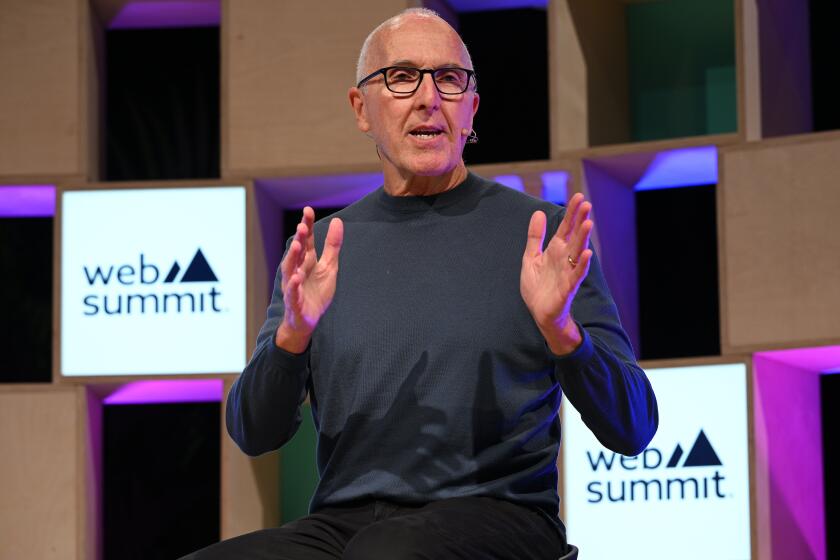Fed Officials Still Favor Steady Rate Increases
Federal Reserve officials left little doubt Thursday that they had more interest rate increases in mind but also indicated that tightening of monetary policy looked likely to continue in small steps unless inflation flared up.
Approaching the first anniversary of the central bank’s program of lifting short-term rates, Atlanta Fed President Jack Guynn said the Fed had “not yet reached a neutral policy stance.”
Separately, Chicago Fed President Michael Moskow said the bank’s policy remained accommodative to the economy.
And Fed Gov. Edward Gramlich, speaking in Paris, said “measured” rate increases could continue -- using the Fed’s term since June for its policy of lifting its key short-term rate in quarter-point increments at each meeting of policymakers.
The Fed’s rate now is 3%, up from 1% in June.
The 3% to 5% zone is often described as a neutral range for the Fed’s rate, although central bank officials dislike being pinned down on a specific number. A neutral rate neither stimulates nor suppresses economic growth.
Echoing Supreme Court Justice Potter Stewart’s famous comment on obscenity, Fed Chairman Alan Greenspan said of neutrality last week, “We’ll know it when we see it.”
Speaking to an arbitrators’ conference in Chicago on Thursday, Moskow stayed close to the Fed’s central message. “We can continue to remove monetary policy accommodation at a measured pace,” he said.
The economy is on a solid growth path, with future growth likely to be in the vicinity of the 3.5% pace reported for the first quarter, he said.
Despite high energy prices, core U.S. inflation remains low and longer-term inflation expectations are well contained, policymakers said.
“To me it looks like the inflation numbers are reasonably well behaved,” Gramlich said at the Euromoney Inflation Conference. “It doesn’t look like much of the oil price increase has passed on into the inflation stream.”
Guynn said the Fed was not done raising rates but would watch economic data and stay vigilant to any surge in inflation.
“During the past couple of years, various price measures have been trending higher, thus signaling moderately rising inflation,” Guynn said at a meeting of Georgia public accountants.
The Fed’s next meeting is June 29-30.
Also Thursday, Fed Gov. Susan Bies took on the “conundrum” of low long-term U.S. interest rates in comments to reporters after speaking at a Women in Housing and Finance event in Washington.
Longer-maturity interest rates have fallen sharply since the Fed embarked on its tightening program. The yield on the 10-year Treasury note, a benchmark for mortgage rates and other long-term rates, is 4.08%, down from about 4.70% in June, when the Fed started raising rates.
“I honestly don’t know what it’s going to take,” Bies said. “It just appears that long-term rates cannot stay at this low level.”
The long-term-rates puzzle dovetails into another worry for policymakers: a hot housing market that has recently attracted the kind of speculative cash associated with stock market bubbles of yore.
Guynn repeated concerns about real estate speculation but stopped short of describing the current situation as a bubble.






